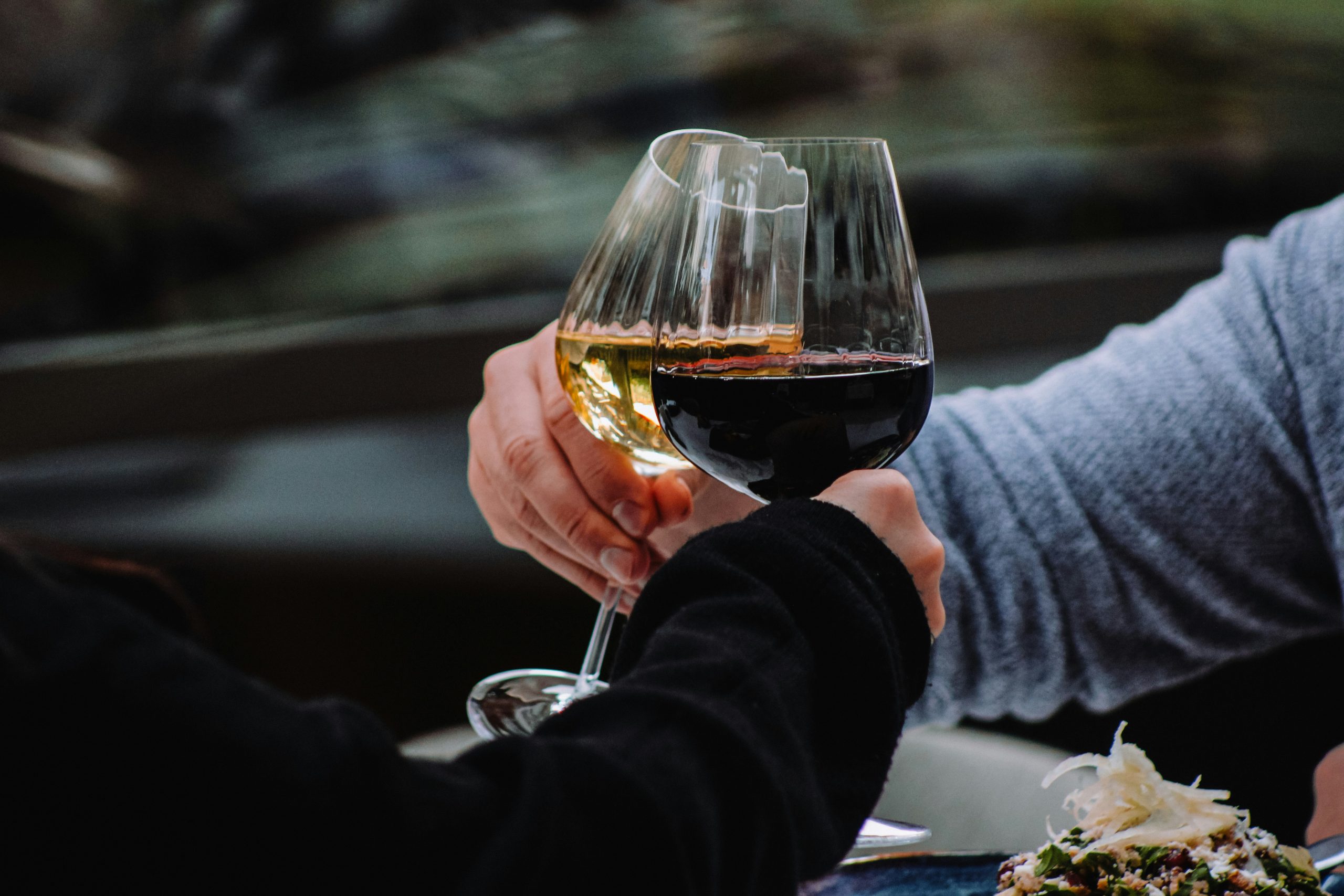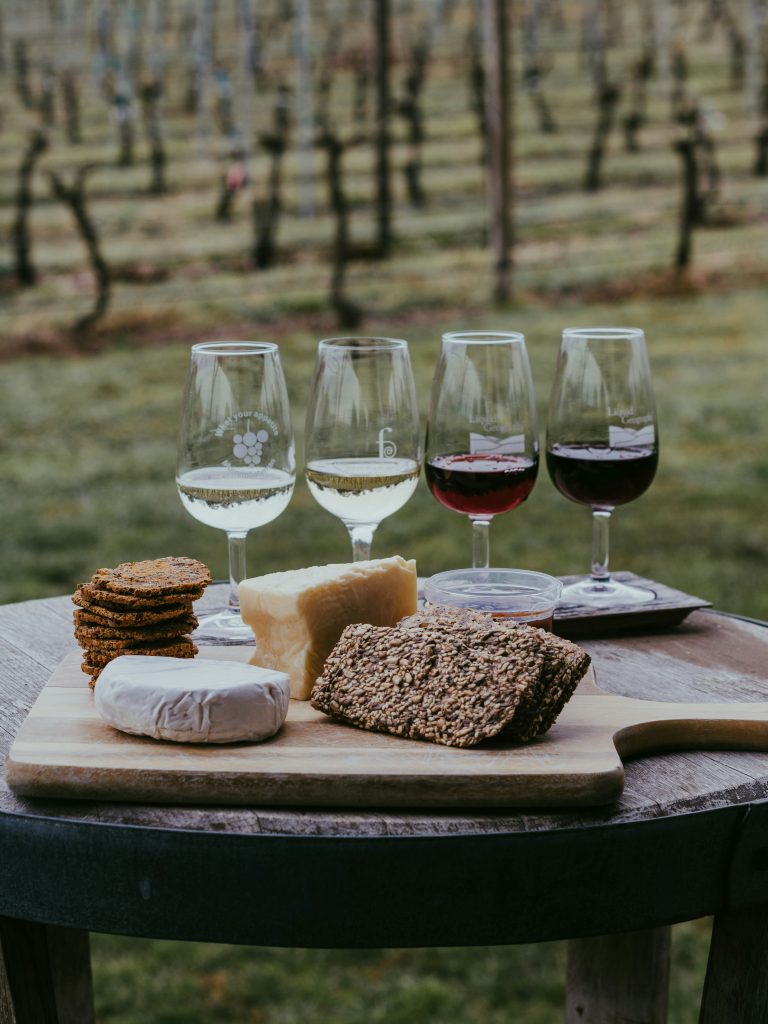Wine tasting isn’t about following strict rules—it’s about enjoying the flavors and aromas that each bottle offers. By focusing on a few simple steps, you can improve your tasting skills and appreciate wine on a deeper level, whether you’re just starting out or looking to refine your experience.
1. Set the Scene
Start by creating the right environment. Use a white tablecloth or paper to see the wine clearly and ensure you’re in a well-lit space with natural or neutral lighting. Strong smells, like food or perfume, can interfere with your ability to fully detect the wine’s aromas, so try to avoid any distractions.
2. Use the Right Glass and Serve at the Correct Temperature
Choosing the right wine glass helps enhance your tasting experience. A large bowl with a tapered top will concentrate the wine’s aromas. And don’t forget to serve your wine at the right temperature:
- White wines and rosé: 7–10°C
- Red wines: 12–18°C
If a wine is served too cold, its flavors may seem muted or “closed.” If it’s too warm, the wine can taste overly alcoholic or jammy. A good rule to follow is the 20/20 rule: refrigerate red wine for 20 minutes before serving, and take white wine out of the fridge 20 minutes before tasting.
3. Observe the Wine
Before taking your first sip, take a good look at the wine in your glass. Tilt it slightly against a white background and examine its color. A young red wine will be vibrant and deep, while an older red might have a brick-red tint. White wines darken with age, moving from pale straw to deeper gold.
4. Swirl and Smell
Gently swirl the wine in your glass to release its aromas. This is where you start to experience the complexity of the wine. Bring the glass to your nose and take a slow, deep breath. When you smell a wine, you’re often detecting three primary aroma categories:
- Primary aromas come from the grapes themselves, like fruit, herbs, and flowers.
- Secondary aromas are from the winemaking process, such as yeast or fermentation (think nut husk or cheese rind).
- Tertiary aromas develop during aging, usually in the bottle or oak barrels. These are often savory, like roasted nuts, vanilla, tobacco, or even leather.
The variety of scents you pick up helps shape your first impression of the wine.
5. Taste the Wine
Now for the fun part—tasting! Take a small sip and let the wine coat your mouth. Focus on three main things: taste, texture, and length.
- Taste: Your tongue detects four main tastes—sweet, salty, sour, and bitter. Most wines have a sour edge from the acidity in the grapes. Some white wines have retained sugars, which provide a subtle sweetness, but you can’t “smell” sweetness; it’s only something your tongue can detect.
- Texture: Notice how the wine feels in your mouth. Is it smooth, silky, or more tannic (giving that dry, grippy sensation)? Higher-alcohol wines tend to feel richer, while tannins, especially in red wines, give texture.
- Length: How long does the flavor last? This is what’s known as the wine’s “finish.” A longer finish often signals a more complex, higher-quality wine.
6. Evaluate Balance
The key to a great wine is balance. This means no one element—like sweetness, acidity, or alcohol—dominates the others. Instead, everything works in harmony. Ask yourself: does the wine feel smooth and balanced from the first sip to the finish?
7. Take Notes and Cleanse Your Palate
Between tastings, use plain crackers or water to reset your taste buds. Taking notes is a great way to remember which wines stood out to you. Write down the aromas, flavors, and textures you notice to build a profile of your favorite wines.
Wine tasting doesn’t have to be complicated. The more you practice, the more your senses will pick up subtle differences in wines. Use these tips, and soon you’ll be tasting wine like a pro!




